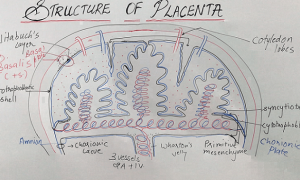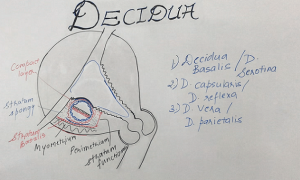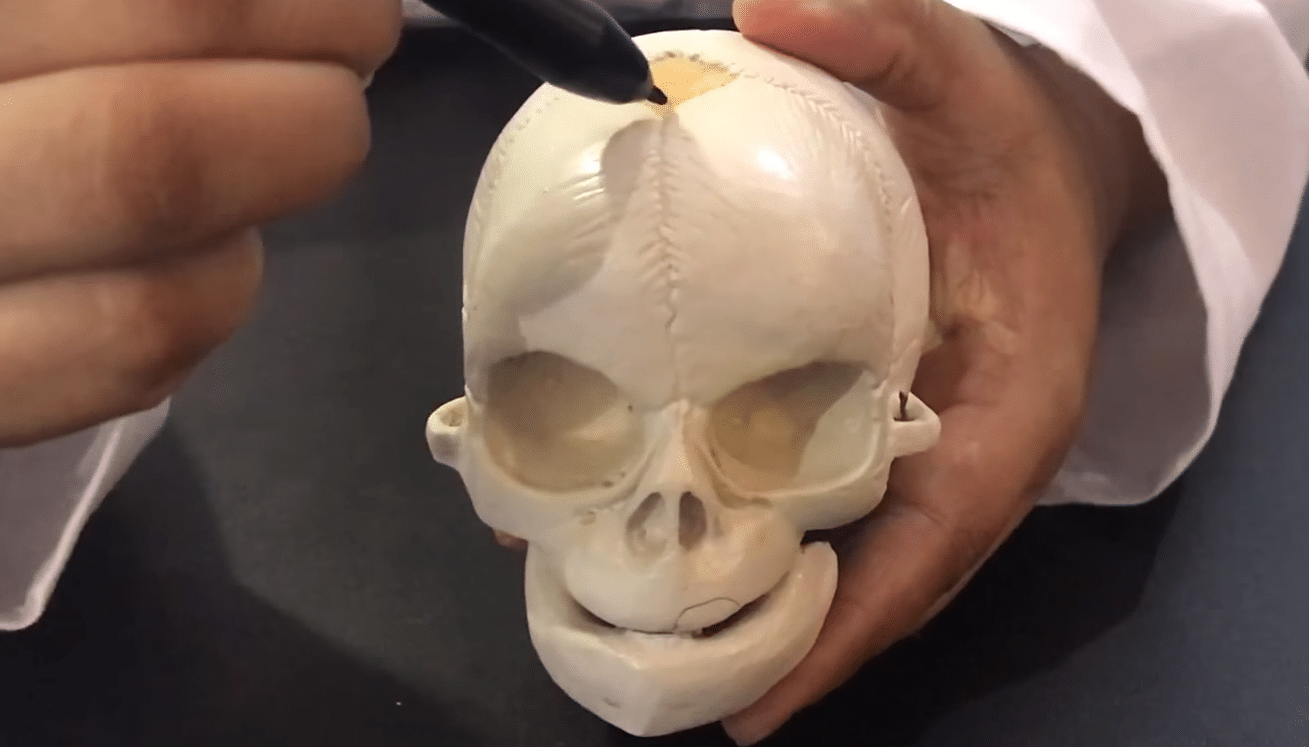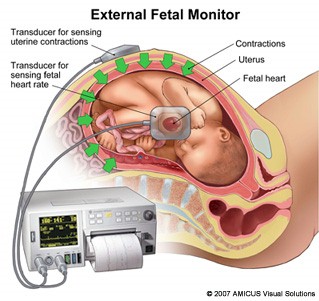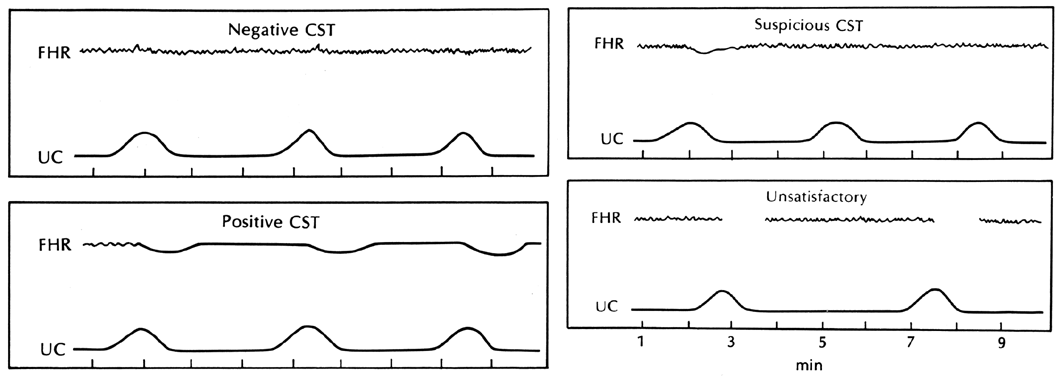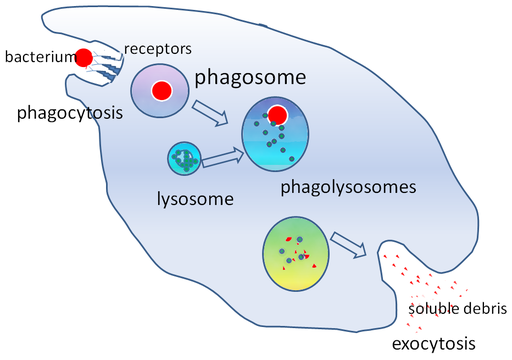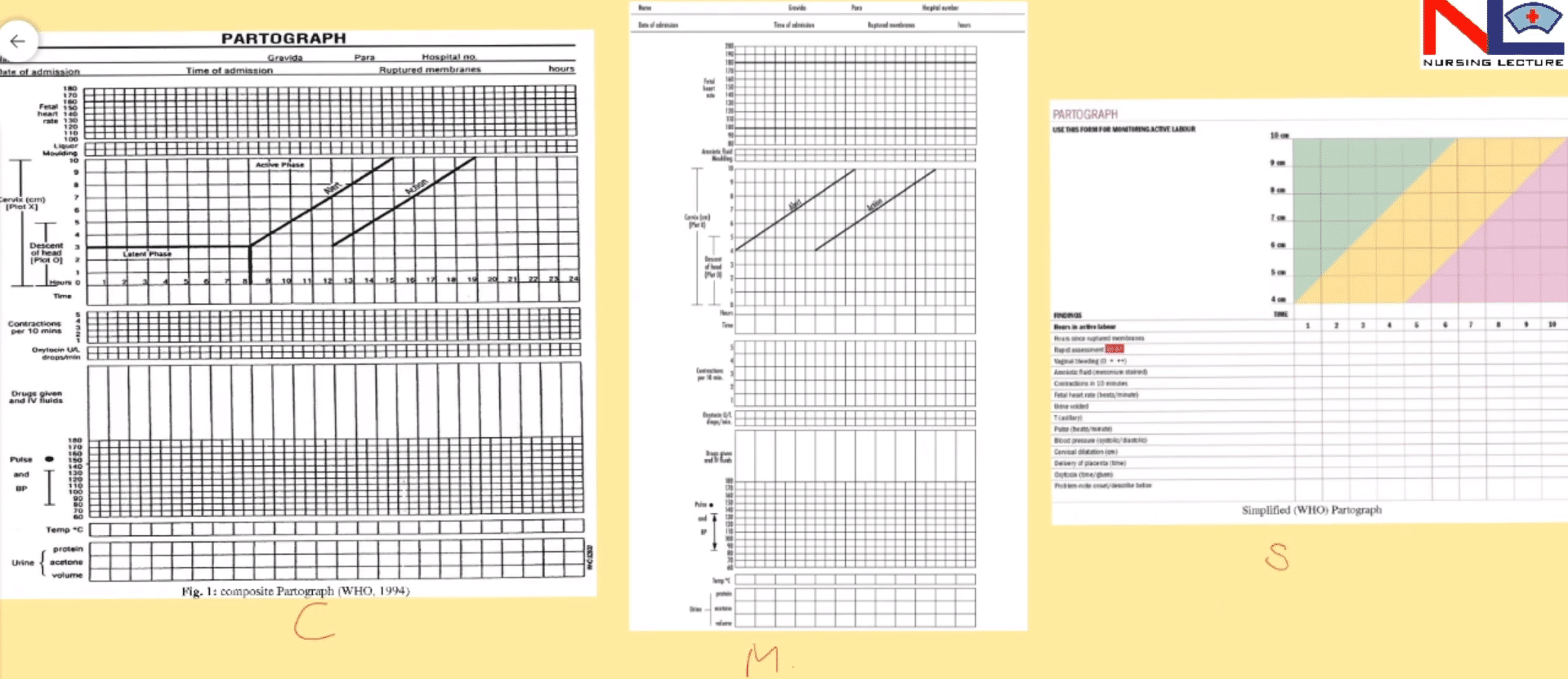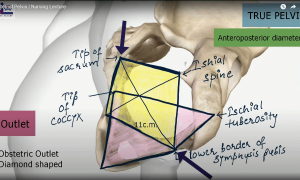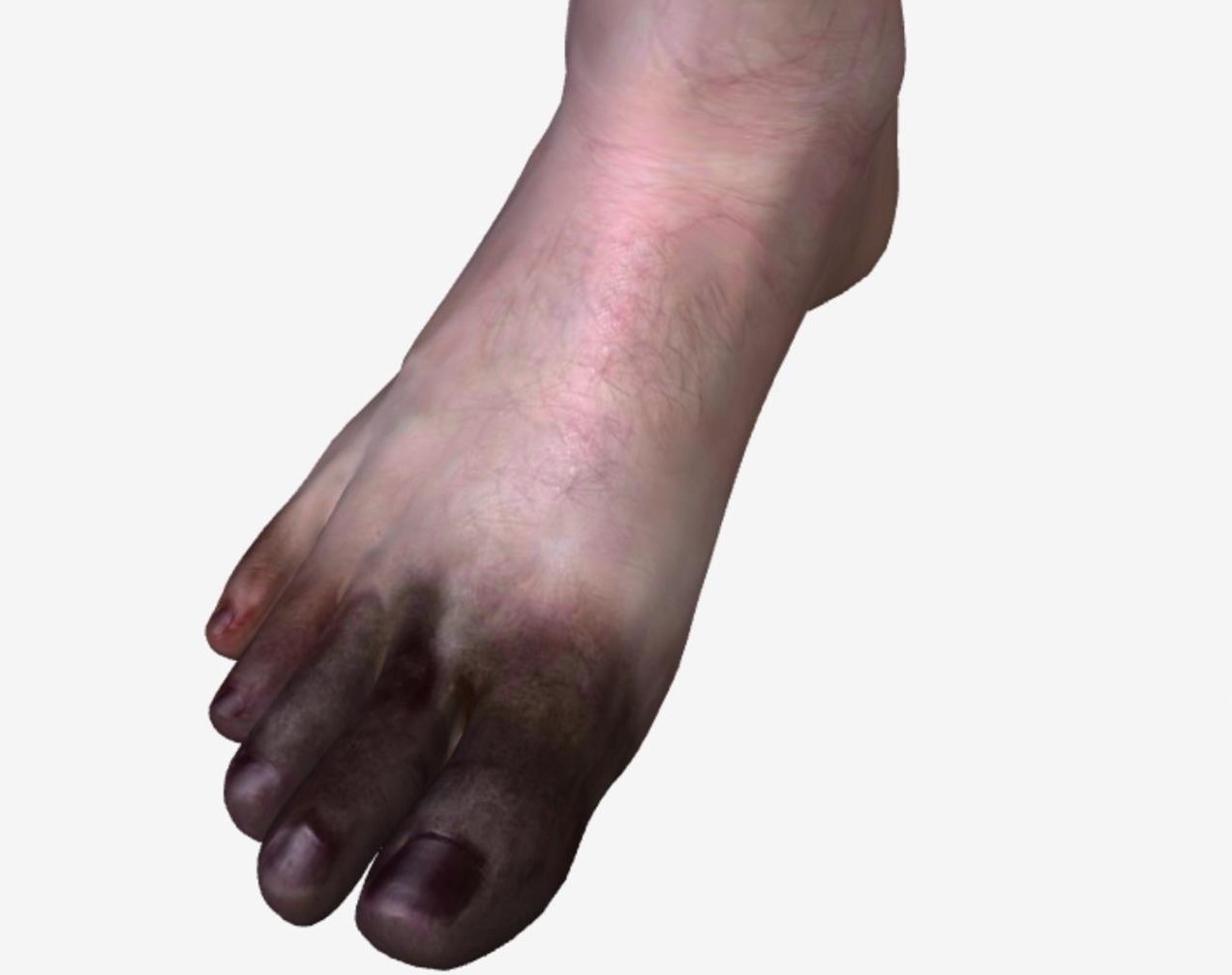Introduction to Respiratory system

Respiration is the process by which 02 is taken in and CO2 is given out. The first breath takes place only after birth. Fetal lungs are non-functional so during intrauterine life, the exchange of gases between fetus blood and mother’s blood occurs through the placenta. After the first breath, the respiratory process continues throughout life. Permanent stoppage of respiration occurs only at the time of the death. The respiratory system consists of the nose, pharynx, larynx, trachea, bronchi, and lungs. Its part can be classified according to either structure or function.
Classification of the Respiratory System-
1. Based on Structure-
a) Upper respiratory system: It includes the nose, nasal cavity, pharynx, and associated structures.
b) Lower respiratory system: Larynx, trachea, bronchi, and lungs.
2. Based on Function –
a) Conductive Zone- It consists of Nose, Nasal, Cavity, Pharynx, Larynx, Trachea, Bronchi, Bronchioles, Terminal Bronchioles. Their function is to filter, warm, and moisten the air and conduct it into the lungs.
b) Respiratory Zone– It consists of tubes and tissues within the lungs where gas exchange occurs. Their parts are respiratory bronchioles, alveolar ducts, alveolar sacs, and alveoli and are the main sites of gas exchange between air and blood.
Normal Respiratory rate at different Age-
Newborn: 30-60/min
Early childhood (3-6): 20-40/min
Late childhood (6-12 year): 15-25/min
Adult 12-16/min
Types of Respiration-
1. External Respiration-It involves the exchange of respiratory gases O2 and CO2 between lungs (Alveoli) and blood.
2. Internal Respiration -It involves the exchange of gases between blood and tissue.
Phases of Respiration-
- Inspiration- During which air enters the lungs from the atmosphere.
- Expiration- During which air exit from the lungs.
During normal breathing, inspiration is an active process and expiration is a passive process.
Pleura–
Each lung is enclosed by a bilayer serous membrane called pleura. Pleura has two layers of the inner visceral and outer parietal layer. A visceral layer is attached to the surface of the lungs.
Intra Plural Space/Plural Cavity or Intra Pleural Fluid –
Is the narrow space in between the two layers of the pleura. Intra Pleural Space contains a thin film of serous fluid. This is secreted by the visceral layer of pleura.
Function of Intrapleural fluid –
1. Its function is lubrication, to prevent friction between visceral and parietal layers.
2. It is involved in creating the negative pressure called intrapleural pressure within intrapleural space.

